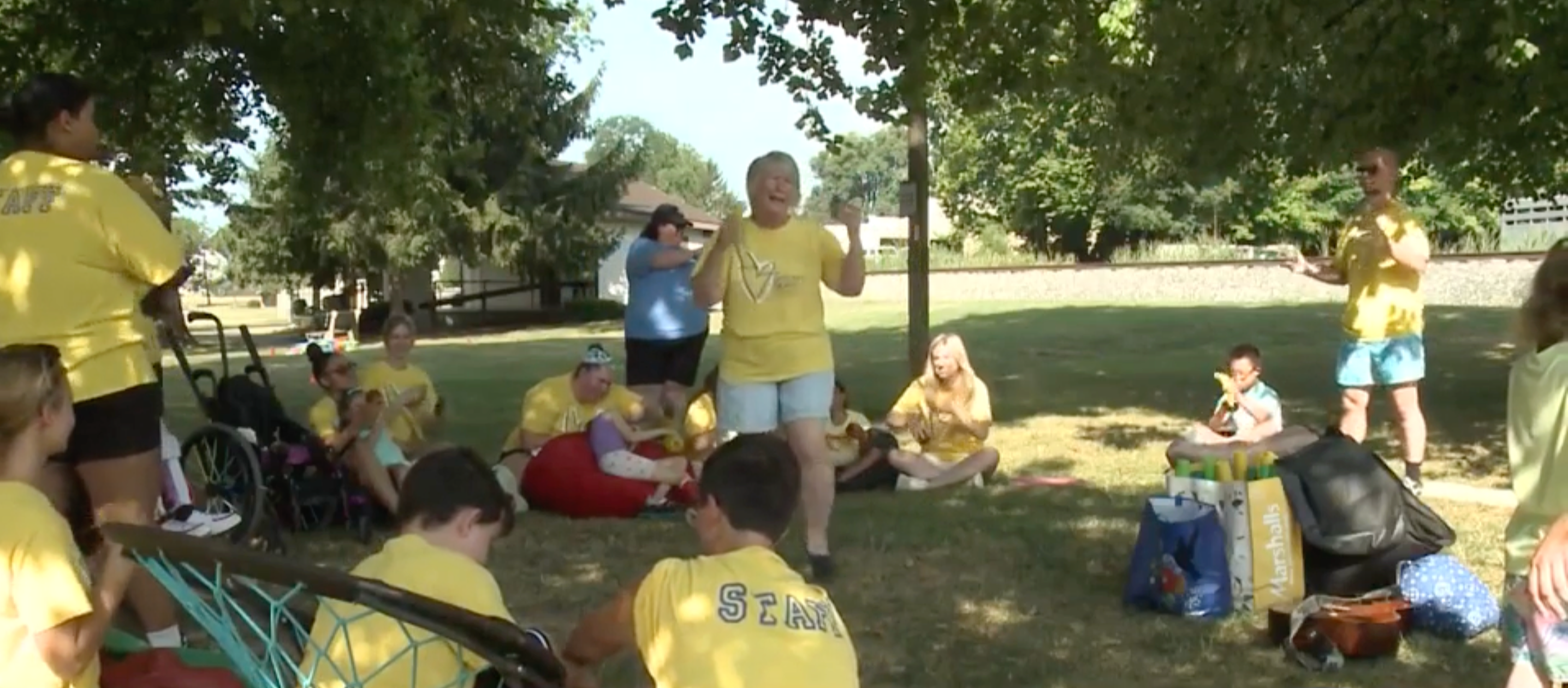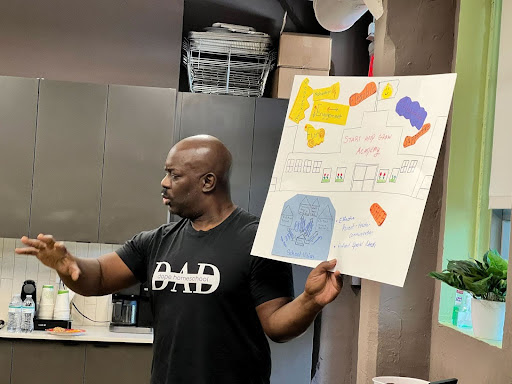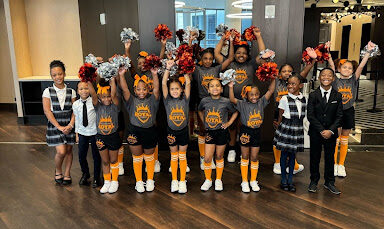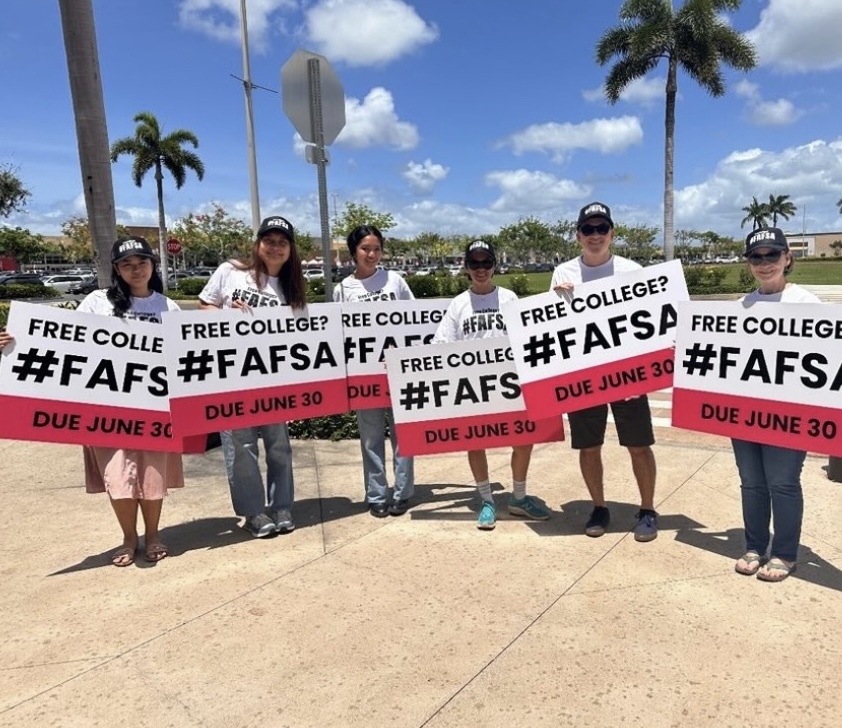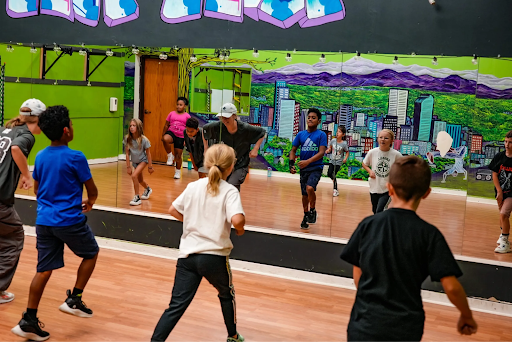Jump to: Top Tasks | From the Field | Key Resources | Moments of Resilience
It is week 200 of our new reality.
When we first launched this newsletter back in March 2020 in response to the unprecedented wave of school closures we wrote: “There are so many things happening in education all at once it can feel overwhelming to just try and keep up. To help navigate this tidal wave of information, each Monday our team at 50CAN will be sending out The New Reality Roundup newsletter. We’ll strive to find the key facts you need to know, dig into the policies and programs under debate, elevate stories of parents, students and educators and highlight the indispensable resources that can help you help those most in need.”
While the schools have long since reopened, the changes these education disruptions unleashed have not gone away. As we write in our new strategic plan: “If the harm of Covid is generational, so is the once-in-a-lifetime opportunity and responsibility to build the education system our nation’s children deserve so we can right these wrongs.”
SUBSCRIBE
It is perhaps fitting that we hit this 200 week milestone at the end of National School Choice Week because as EdChoice’s Michael McShane writes in a new article for Education Next, one of the more positive consequences of the pandemic is that “new school models are having a moment …The first and largest reason is that substantial numbers of parents appear to want them” while at the same time “states are making historic investments in school-choice programs, and particularly education savings accounts, which allow for a level of customization not possible with past voucher or tax-credit-funded scholarship programs.”
While the pandemic-era disruptions to the traditional school model have added fuel to this trend, McShane argues that public policies attentive to the real needs of educational entrepreneurs will go a long way towards ensuring it continues, which is a trend we will be putting a spotlight on all year long.
Last time in The New Reality Roundup, we launched our 2024 advocacy campaigns with 50 goals across 10 states. This week, we look at the push to make tutoring a permanent feature of the American education system and explore the upward trajectory of private school choice.
TOP TASKS
Make Tutoring Permanent
FutureEd Policy Director Liz Cohen released an essential report last week that focused on the impact and long-term funding of tutoring programs. “How often does it happen that a national policy priority, robust research, and the aspirations of classroom teachers converge? On an issue with bipartisan support, no less?” Liz asks in the report. “Not very often. But tutoring is an exception.”
The report explores three different approaches to expanding tutoring–in Louisiana, in Texas and in New York City–and finds both tough fiscal trade offs and promising results.
In Louisiana, Liz reports on the impact of Teach For America’s Ignite program, which matches college undergraduates with schools to provide tutoring: “Today, students in grades 1 through 3 have daily sessions on reading fundamentals with their undergraduate tutors, who log in from around the country to work with the same two students, day after day, for ten weeks. So far, the work has paid substantial dividends. In spring 2023, Jackson Elementary saw a 56 percent increase in the number of students scoring proficient on their early literacy assessment.”
The problem? Sustaining these programs over time. Liz continues: “Says Superintendent Muri, ‘ESSER funds enabled us to explore areas of student support and acceleration that we have never been able to do before due to funding.’ Or as Principal Crier of Johnson Elementary so forcefully puts it, ‘We can’t go backwards now that we know this is a solution to catch all kids up.’ Hers is a widely shared sentiment in Ector County.”
That’s where policy advocates come in, such as Louisiana Kids Matter’s Kelli Bottger, who has made ensuring tutoring is a permanent feature of the education system a top priority.
THE TASK OF THE WEEK IS
Keep the School Choice Momentum Going and Parents Informed
Last week 50CAN was proud to take part in National School Choice Week, which was launched back in 2011 by the National School Choice Awareness Foundation with events and efforts across the country. In the midst of last week’s celebrations, EdChoice released new findings that reveal the growing role that private school choice programs are playing in an expanding school choice environment: “Altogether, private school choice programs have allocated $6.3 billion to students in the last year, which is equivalent to 0.9 percent of the $703 billion spent on current expenditures by public schools and 0.77 percent of the $813 billion spent on all expenditures.”
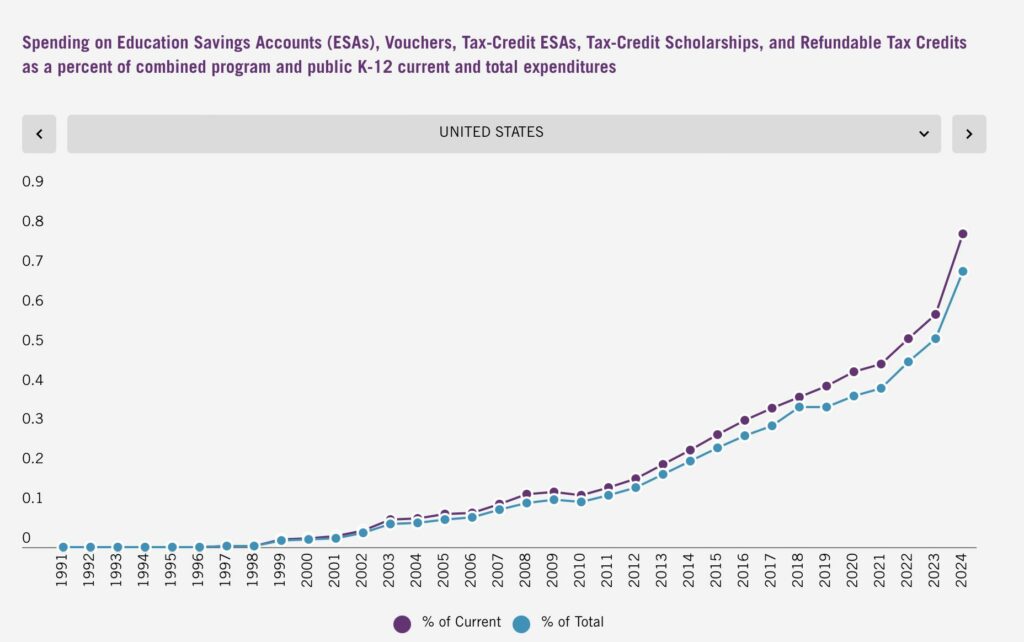
Even more impressive than the raw numbers is the trajectory of these programs as a share of total spending. While still a small share of all educational spending, this share has grown seven-fold since the first school choice week back in 2011. And it shows no signs of slowing down.
To better understand this trendline, we took the opportunity to sit down with Shelby Doyle, vice president of public awareness at National School Choice Awareness Foundation and 50CAN National Voices fellow, to hear her thoughts on the events of the past week and the rapidly changing landscape of school choice:
Happy National School Choice Week, Shelby! This seemed like the biggest one yet. Do you share that assessment, and if so, why is that the case?
Shelby Doyle: “I do! So two things are going on here: first, parents–over the last five years in particular–have had an increasing interest in school choice. For many this was because of the rapidly changing attitudes during the pandemic, but also because of word of mouth and greater public awareness by parents that they have a suite of options available to them. But also, between ESAs, microschools and other options, 20 states expanded school choice last spring. There’s a real interest among families in these twenty states to understand what options are available to them.”
How has National School Choice Week changed? What felt different this year compared to a decade ago?
Shelby Doyle: “This is my tenth National School Choice Week. A decade ago when I would talk to a member of the media or a parent on the street, I had to start from the beginning and explain what school choice was. Now, when I talk about it, there’s much more familiarity with the concept but also there’s a real desire for parents to learn more about school choice options. There’s an increased identification of school choice as a solution to a known problem, a problem that often is affecting these individuals personally.
There’s a really nice synchronicity between how our definition of school choice is changing and how school choice is expanding on the ground. In Montana, one of the things they did last year was to help homeschool students access particular courses in the public school system. This idea of combining and customizing is driven in part by ESAs, but parents also aren’t thinking of this in binary terms, one choice or another. Instead, they’re looking at school choice and wondering how they can combine and customize to fill particular holes they’ve noticed in their kids’ education.”
What was the sentiment among students and parents? Did anything surprise you?
Shelby Doyle: “Curiosity and a desire to learn more.There was a story out this week in Florida, where an elementary student was dealing with a tough situation in her school, and her parents were under the impression that they didn’t have options. They learned, from a relative, about a very accessible online alternative where their child is now thriving.
I’m concerned about the information gap. That a lack of information is preventing folks from taking actions that could truly change the lives of their children. We all have a responsibility to solve that.”
What’s top of mind for you and your team as you look toward 2024, which promises to be another year in which we see a rapid expansion of school choice?
Shelby Doyle: “I’m excited but take seriously how changes that passed in statehouses last year are being implemented now. It isn’t easy to start, administer well and get the word out about the programs. We’re all feeling a strong sense of duty to ensure that implementation goes well. I’m fired up to do everything we can.”
THE TASK OF THE WEEK IS
FROM THE FIELD
As 50CAN President Derrell Bradford announced last week, ConnCAN is welcoming a new executive director, Steven Hernández while also announcing Hamish MacPhail as deputy director. ConnCAN’s new leadership team is hard at work already, participating in the creation of a coalition–New Teacher Track–that will be tackling how new teachers are certified in the state.
NewMexicoKidsCAN welcomed a special guest on the latest podcast episode of New Mexico Rising, where Amanda was joined by NM Secretary of Education Arsenio Romero to reflect back on his first year in the role, the power of relationships with educators and the Secretary’s plans to strengthen structured literacy instruction.
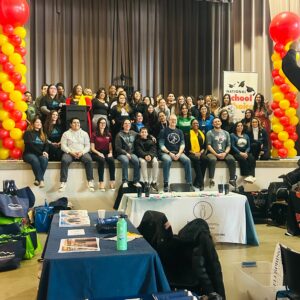
Multiple states collaborated with the National School Choice Awareness Foundation on NSCW events over the past week. HawaiiKidsCAN held a school choice fair that was covered in the Star-Advertiser. DelawareCAN welcomed students and families on Saturday to the Wilmington School Fair, while TEN Executive Director Nicholas Martinez and his team hosted their inaugural NSCW event, featuring over 50 schools from across the Denver Metro Region for families to learn about public and private school options.
Key Resources
Brookings Institution reports on the development of Predicted Academic Performance (PAP), which it argues is “more effective than common alternatives at identifying students who are at risk of poor academic performance.”
Fordham Institute released a report by University of North Carolina professor Douglas Lee Lauen that examines whether “charter school enrollment breaks the link between residential and school mobility, particularly for students from traditionally disadvantaged communities.”
A new Education Working Paper on the impact of expanding access to Computer Science (CS) courses finds that “taking a CS course increases students’ likelihood of declaring a CS major by 10 percentage points and receiving a CS BA degree by 5 percentage points.”
CRPE puts a spotlight on small school models, finding that sustainability will often require a lot more support.
The Center for American Progress argues that policymakers “must take action to support states and districts in implementing high-dosage tutoring to ensure opportunities for student success.”
The 74 explores the growing diversity of who is aiming to start a microschool, finding that while 13% of the current microschool founders are Black, that number rises to 27% of prospective founders.
Stand Together Trust and Khan Academy announced a new, five year strategic partnership to advance mastery-based learning, including harnessing the power of technologies and AI to support students and educators.
Bellwether is hosting a webinar today at 1pm ET where panelists will discuss what’s next for the science of reading, in both pedagogy and policy.
Moment of Resilience
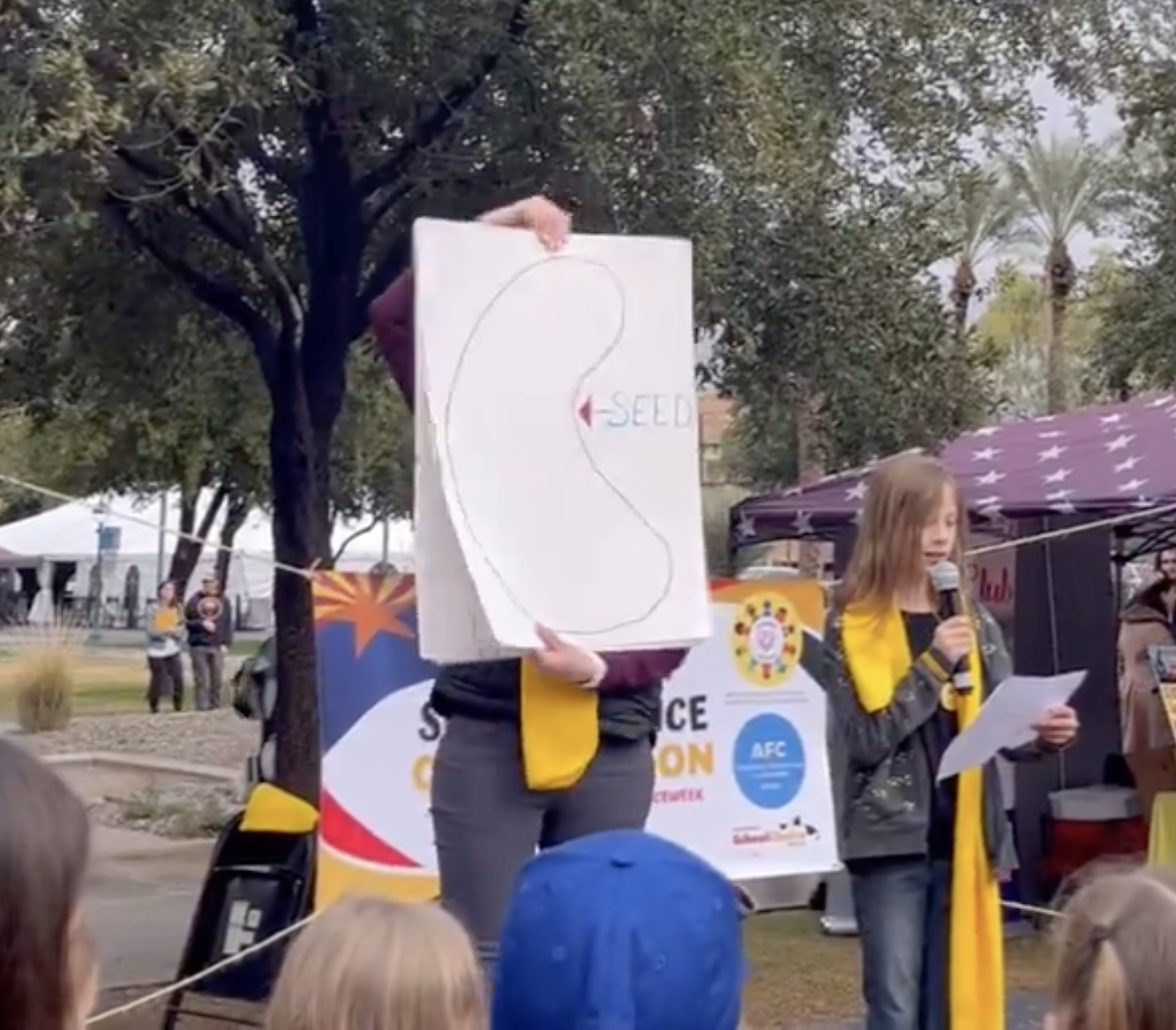
An ESA student in Arizona, who had used the funding to work with a speech pathologist, reads a poem that she wrote in celebration of National School Choice Week with the help of mom Stacey Brown.
“School choice can pave the way, To our own space, Where we get to ask questions, And set our own pace.
When we get to choose how to learn and grow, We can reach high high to the sky and say, I am ready with my beautiful colors.”


